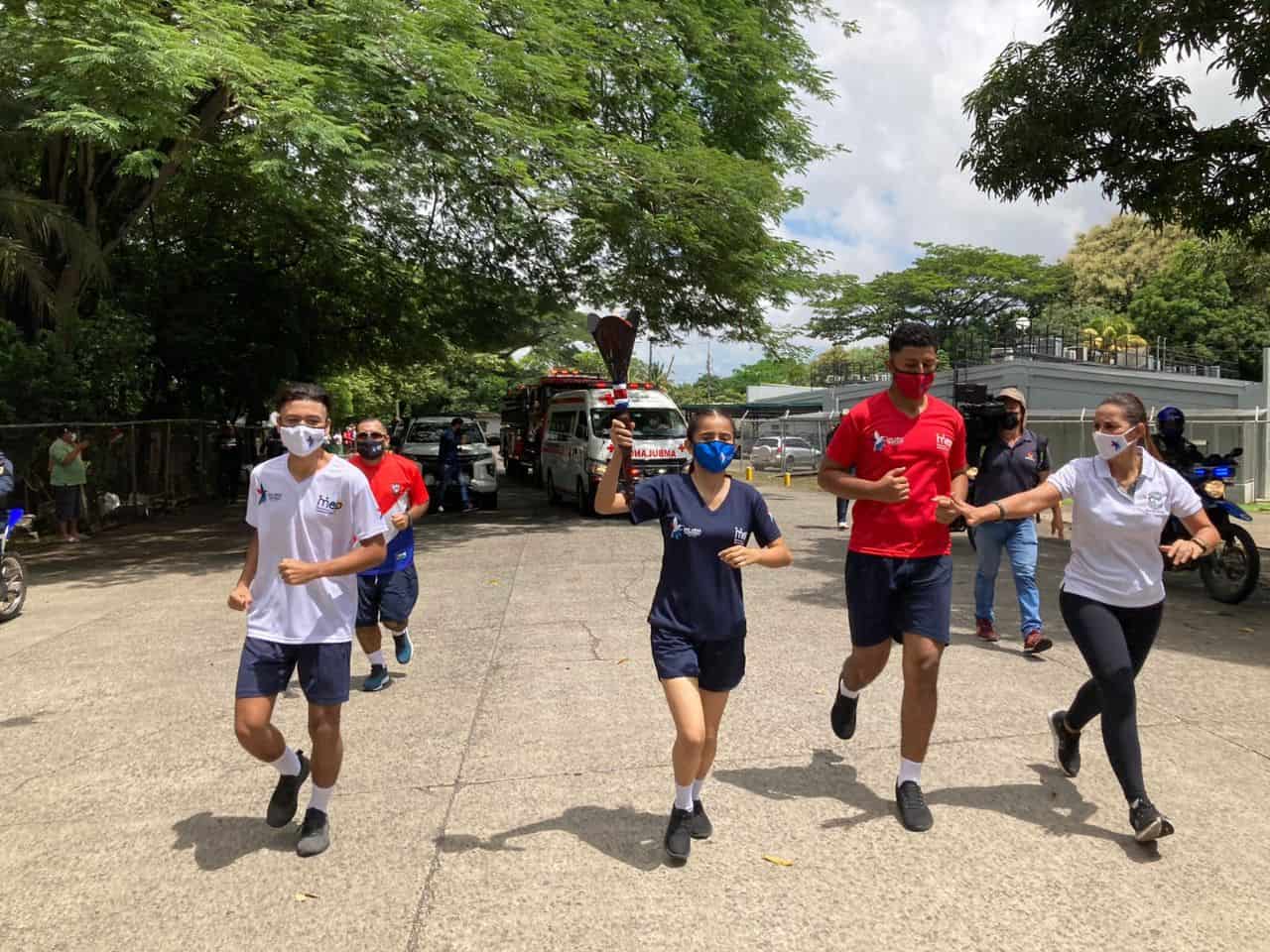As the cacophony of school orchestras preparing for Costa Rica’s Independence Day parade hangs over the streets of San José, dramatist and historian Miguel Rojas is putting forth a petition. It’s for a bill that would amend the holiday’s date of Sept. 15, 1821, to reflect what Rojas and 590 signees consider the true birth of their nation, Oct. 29, 1821.
The revisionist movement is based on a document held by the National Archives that was signed on the latter date in Cartago, declaring independence from Spain.
On Sept. 15, 1821 – the day currently celebrated by Costa Rica – Guatemala declared its independence from Spain, and many Central American countries followed, after the end of the Spanish Empire’s rule over the region. However, as myth has it, the news carried by horse or mule did not arrive to Costa Rica until Oct. 13. After some debate in Cartago, the old colonial capital east of San José, the document assuring Costa Rican independence was signed on Oct. 29.
This is the peg on which Rojas and his signees rest their argument. “The date we currently celebrate has nothing to do with us,” Rojas said.
The bill was presented to the Legislative Assembly by Claudio Monge, who has given Rojas his legislative support in the matter. If a legislative commission does not reject the bill, a report will be issued and brought to the plenary session for discussion.
There is still no date for when the bill may be considered.
“Why,” said Rojas, “if we have a National Act of Independence, a document that certifies Oct. 29 as the date, do we continue to celebrate the independence of Guatemala?”
Rojas believes that the correction of the national day of independence will change and enrich Costa Rican identity from “the inside,” clarifying its past and protecting its national future from what Rojas calls the “globalization imposed by developed countries.”
Rojas also cited a 1975 decree by then-President Daniel Oduber that the date be changed. However, because the decree was never signed into law, and never presented to the assembly as a bill, the Culture and Youth Ministry the Education Ministry have never considered amending the date. This is what Rojas hopes to change by introducing the bill into the assembly.
Monge of the Citizen’s Action Party (PAC) and José María Villalta of the Broad Front Party have accepted the presentation of the bill.
However, the movement has many detractors. Historian and president of the National Pan-American Institute of Geography and History, Oscar Aguilar Bulgarelli, said the document in question is a declaration of independence solely in regard to the Municipality of Cartago’s separation from Spain.
“In reality it is only a change in vassalage, the beginning of dependence on another power, this time a continental one,” said Aguilar. He is referring to the fact that the document did not guarantee total independence for Costa Rica, and rather ordained the annexation of Costa Rica to Mexico’s brief Iturbide Empire.
Though the Act of National Independence was signed on Oct. 29, it took some months for Ticos to fully realize their independence. After signing the act, Costa Ricans waited in vain for a response from the Iturbide Empire to endorse the secession.
“Neither, then, is that date legitimate,” Aguilar said.
Rojas refuted this point, saying that, “unknown at the time to the Costa Ricans, the short-lived Iturbide Empire had already ceased to exist.”
Both Aguilar and the Costa Rican Academy of Geography and History have since asked lawmakers to rescind the proposed bill to amend the date, stating that the independence of individual Central American states was a process, as reflected in Costa Rica’s anticipation of the Iturbide Empire’s response.
“It does not make sense to separate ourselves from a historically traditional date,” Aguilar said. “It must be seen as a process. We cannot search for a concrete and determinate date.”
As has been the tradition, the date of independence still belongs to all of Central America, and the Liberty Torch has already arrived, carried by student relay runners through Central America, from Guatemala. Unencumbered by the bureaucratic whims of Rojas and his detractors, children this week will march throughout the country carrying small colorful lanterns known as faroles as part of civic parades celebrating their independence from Spain.
Schools are closed today so that students and teachers who march in bannered procession lines can carry the burning torch, which traveled south from Guatemala. However, parades have been cancelled in many Nicoya Penisula towns due to damage from last week’s powerful earthquake.
On the morning of Sept. 11, the torch was exchanged between education ministers at the Las Manos border of Honduras and Nicaragua. Via the Inter-American Highway, the torch reached Costa Rica yesterday at the northern border with Nicaragua at Peñas Blancas, where it then changed hands between Nicaraguan and Costa Rican education ministers.
Costa Rican President Laura Chinchilla received the torch this morning in Cartago and shared in the country’s celebrations.






